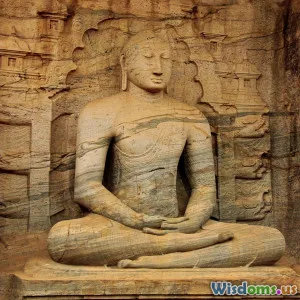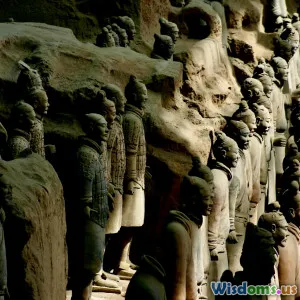
Seven Forgotten Cultures That Might Have Predated Atlantis
13 min read Discover seven ancient civilizations that might have existed before the legendary Atlantis and reshaped our understanding of early human history. (0 Reviews)
Seven Forgotten Cultures That Might Have Predated Atlantis
The legend of Atlantis has fired imaginations for millennia—an advanced civilization swallowed by the sea in a single day and night. But what if ancient memories recorded as Atlantis are the echoes of even older, truly forgotten cultures? Around the world, mysterious archaeological sites, enigmatic artifacts, and scattered texts hint at societies whose achievements far exceed what history books record for their time. Let’s explore seven lesser-known cultures—some lost, some enigmatic—that might just have outshone even the mythic Atlantis, and whose legacies still shape stories of human origins.
Göbekli Tepe: The Enigma of Anatolia
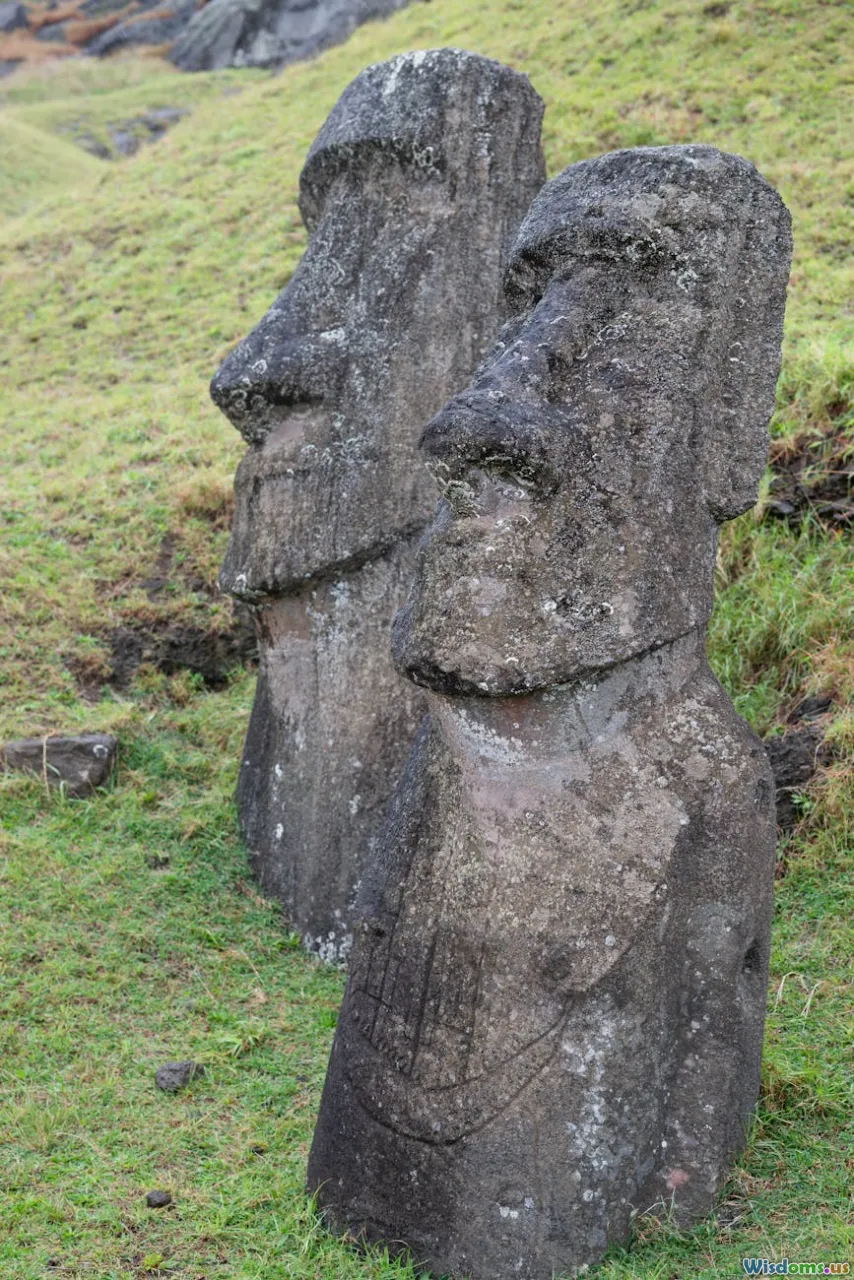
Archaeology has long held that the birth of civilization coincided with the emergence of Mesopotamia’s Sumerians about 5000 years ago. But the windswept plains of Anatolia, in modern-day Turkey, have upended this timeline with the discovery of Göbekli Tepe. Dated to approximately 9600 BCE, Göbekli Tepe predates Stonehenge and the Egyptian pyramids by several millennia.
Massive T-shaped pillars, some weighing over 16 tons, rise from carefully arranged circular enclosures adorned with intricate carvings of animals and mysterious symbols. The sophistication of the site has baffled researchers: there is no evidence of pottery, agriculture, or even permanent settlements nearby. Yet, a society complex enough to engineer these megaliths clearly existed in the midst of the last Ice Age.
Theories abound about its purpose—temple, social gathering place, astronomical observatory. What is clear is that Göbekli Tepe required organization, planning, and shared vision, hinting at a cultural depth we’re only beginning to understand. Could the memory of such places trickle through millennia and resurface as Atlantis tales? The echoes seem uncannily familiar.
The Lost Eisensberg Culture: Echoes Beneath the Alps
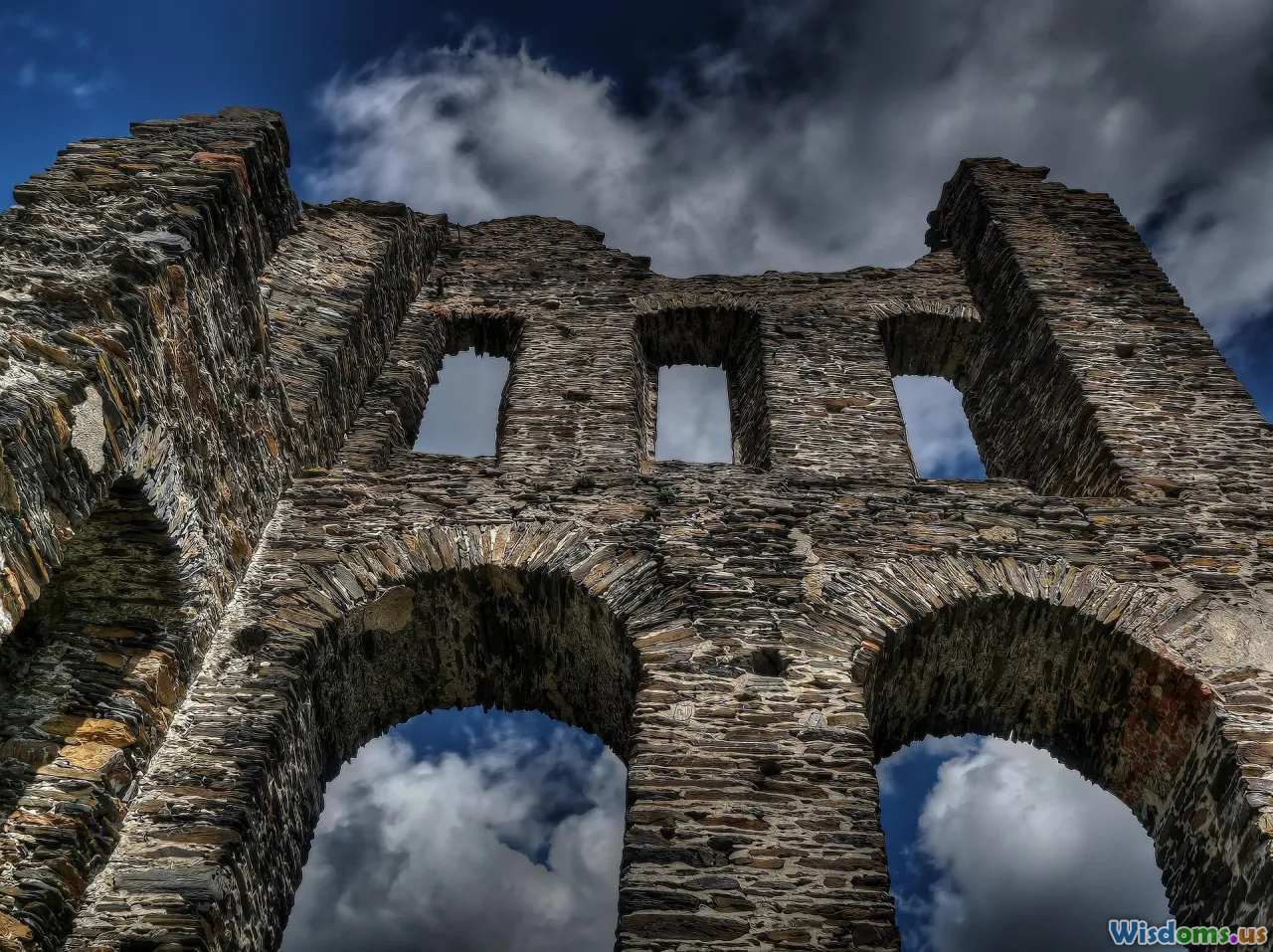
Deep beneath layers of time and Alpine tranquility, mysterious ruins dotting the Austrian and southern German highlands have yielded signs of ancient occupation. While the dominant narrative recognizes the Celts and Germanic tribes, local legends speak of an older people—the “Eisensberg culture”—whose name lingers only in folk tales and odd archaeological finds.
Fragmented fortifications and enigmatic stone circles—attributed by villagers to the “mortals before men”—have resisted confident dating, with some carbon samples suggesting origins as old as 6000 BCE. Jewelry made from materials hundreds of kilometers away, advanced funerary rites, and a distinct absence of weapons at burial sites have led some scholars to speculate: were these mountain people guardians of lost peace or technology?
While mainstream academia is cautious, many alternative historians propose the Eisensberg culture as a proto-European civilization too advanced for its time. Could these survivors have disseminated their knowledge into southern Europe’s legends of lost island realms?
The Indus Valley Outliers: Forgotten Masters of Water
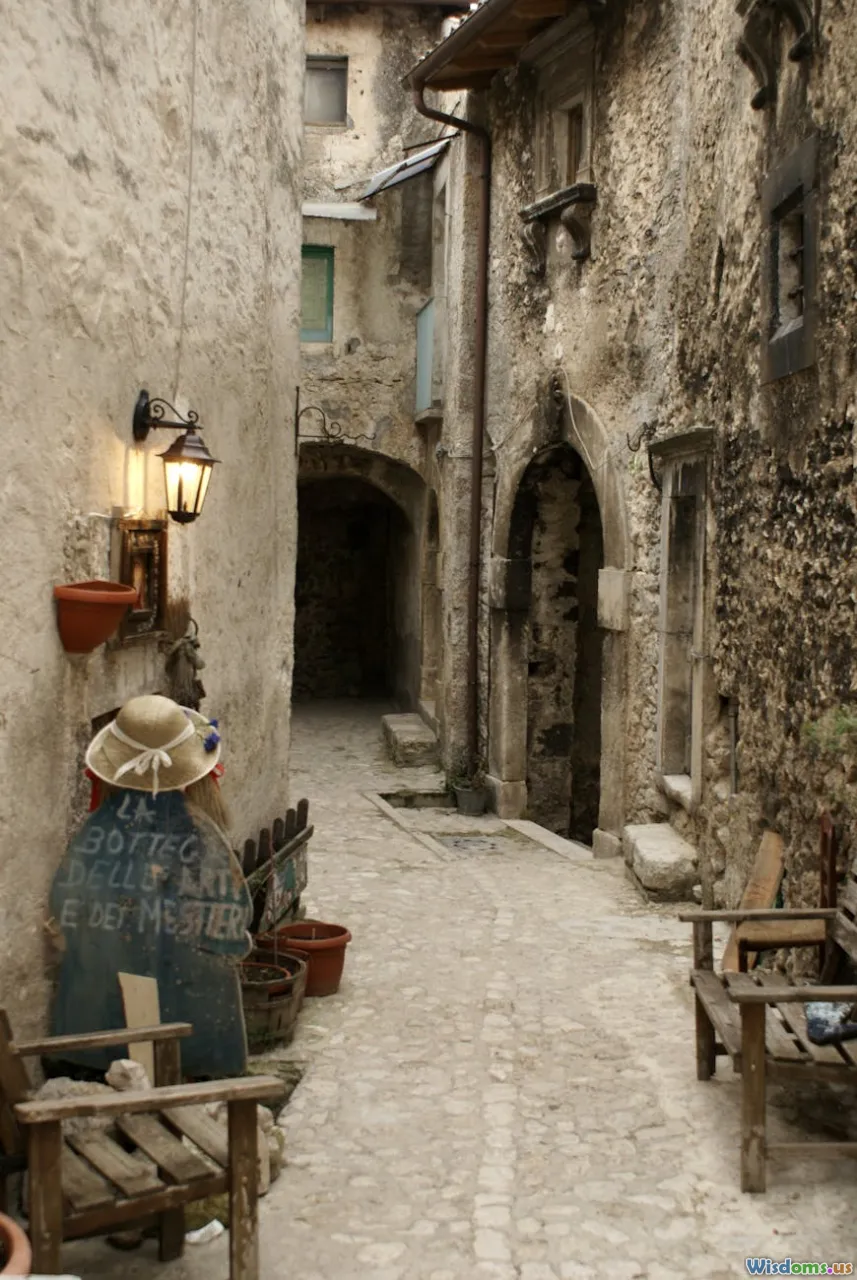
Most students of ancient history know of Mohenjo-Daro and Harappa—the vast, orderly cities along the Indus River. But archaeological exploration in Pakistan and western India keeps pushing the boundaries of the Indus Valley Civilization back. At sites like Mehrgarh (dating to 7000 BCE) and the lesser-known Bhirrana, elaborate urban planning, municipal drainage, and hydraulic engineering rival Rome’s far later feats.
Even more fascinating: satellite and ground-penetrating radar reveal “lost rivers” and dozens of unexcavated sites, buried by the shifting Indus over thousands of years. In the desolate stretches of Cholistan, ancient canals cut through what is now desert, suggestive of water cultures making deserts bloom millennia before known civilizations nearby.
Was the Indus genius for water and urban technology inherited from a still older, forgotten culture—maybe the models for later legends of utopian, technologically sophisticated realms lost to geological or climatic change?
The Yonaguni Monument: Ruined Proof Under the Sea?
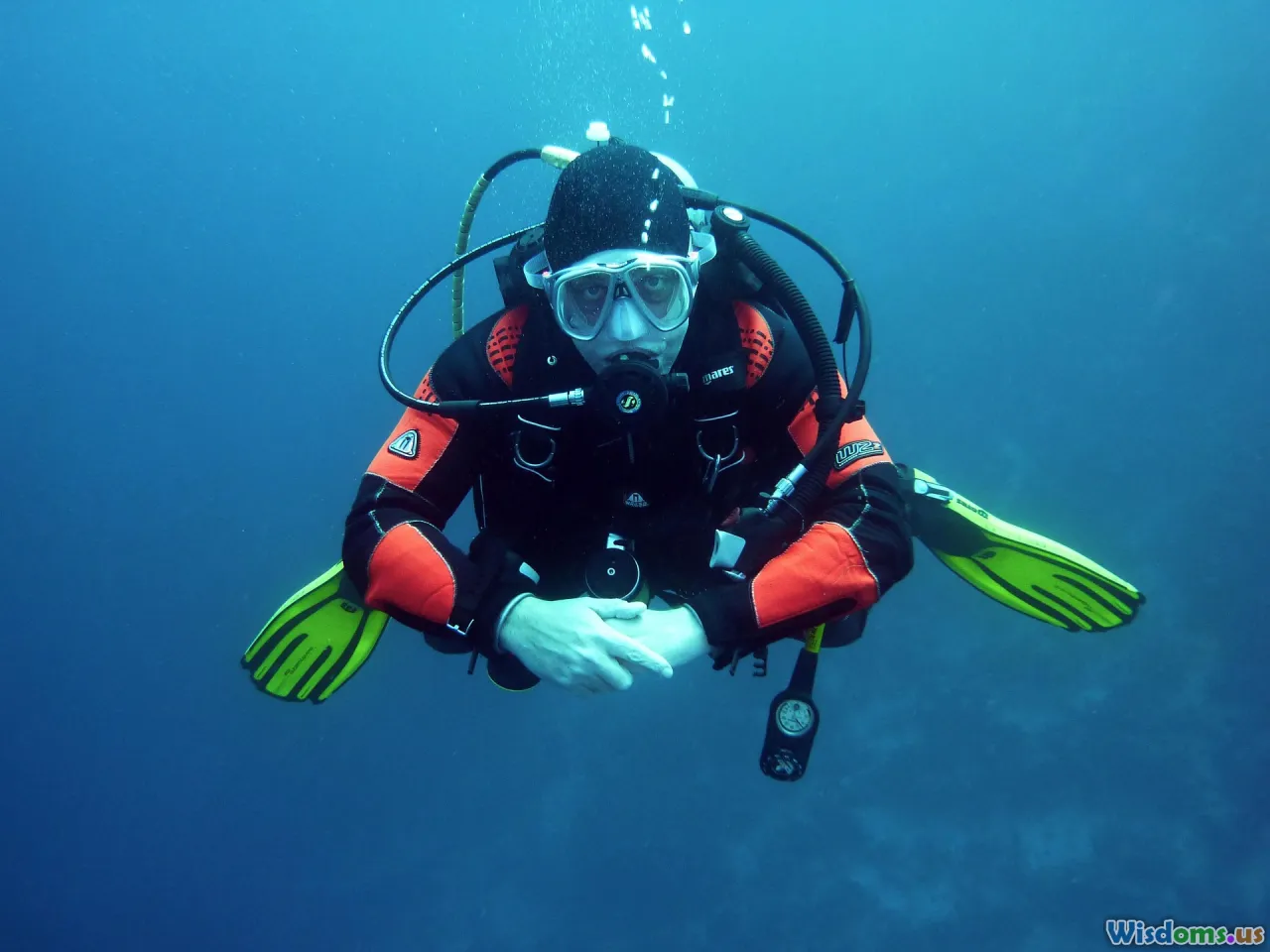
Off the southern tip of Japan’s Ryukyu Islands lies one of the world’s strangest archaeological puzzles: the Yonaguni Monument. Discovered in 1987 by local diver Kihachiro Aratake, the stepped stone terraces, broad platforms, and what appear to be roads and stairways sit 25 meters underwater.
Skeptics claim these are the result of natural erosion; others point to sharp 90-degree corners, carved reliefs, and patterns suggestive of human handiwork. Some marine geologists have estimated the monument could be 10,000 years old—dating to an era when global sea levels were much lower and massive population shifts occurred as coastlines flooded.
Writers like Graham Hancock popularize Yonaguni as potential evidence of an advanced, possibly pre-Atlantis maritime culture. Even if the structures prove partly natural, the site opens deep questions: Who settled here before the sea claimed their lands, and why do similar underwater ruins appear across southeastern Asia and the Mediterranean? The knowledge lost beneath the rising oceans may hold tantalizing connections to primordial myths worldwide.
The Vinca Culture: Europe's Forgotten Scribes
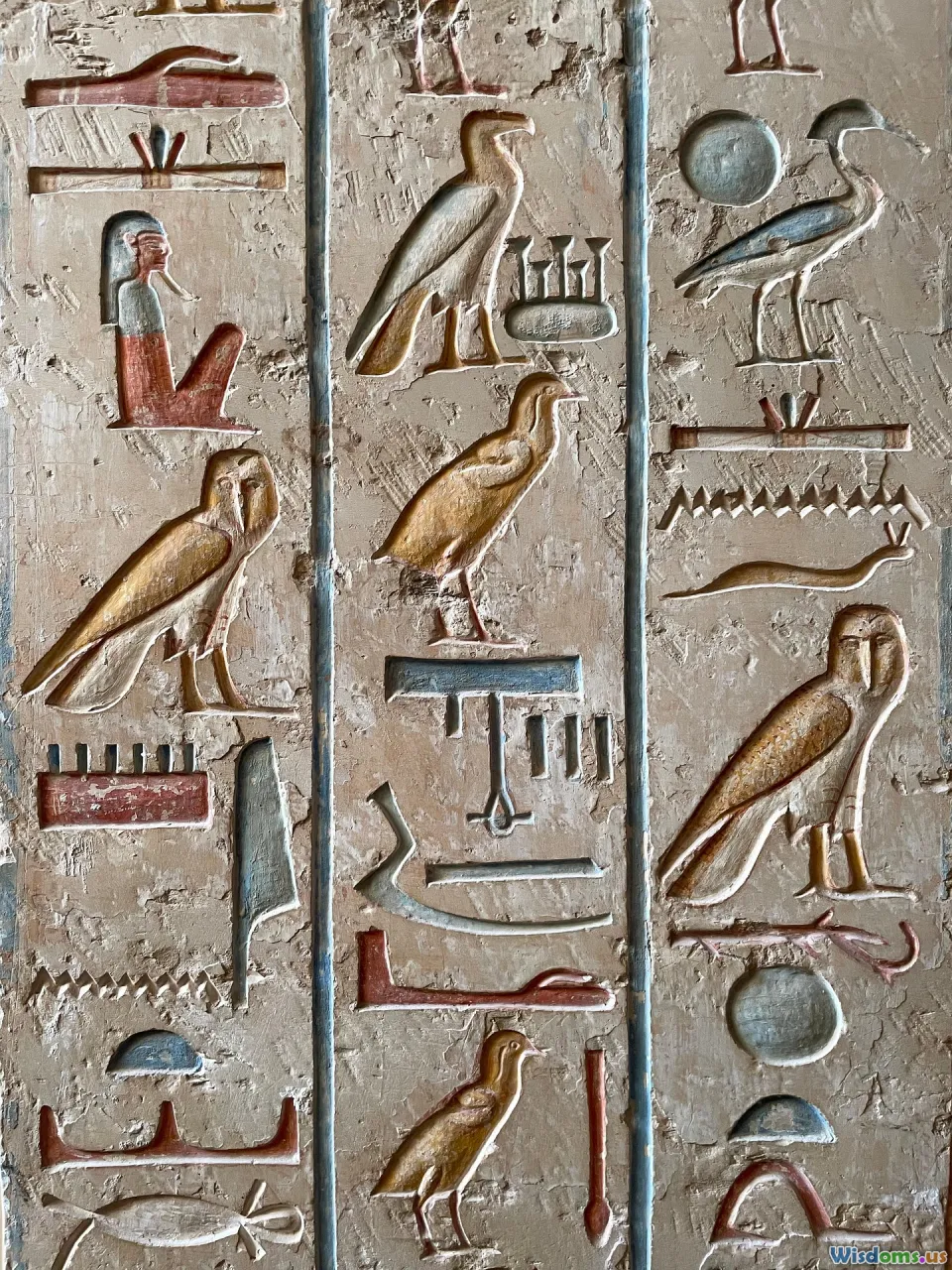
Nestled along the Danube in Serbia thrived the Vinca Culture, from about 5700 to 4500 BCE—centuries before the well-known Mediterranean civilizations. What makes Vinca exceptional isn’t just age, but the presence of enigmatic symbols on ceramic artifacts and seals. Some researchers propose these are the earliest known attempts at writing, predating Sumerian cuneiform by a thousand years.
Vinca culture's urban settlements, spread across the Balkans, suggest high sociopolitical organization and trade networks extending to the Aegean and even Anatolia. Their houses used fired bricks and featured multi-room layouts; metallurgical evidence points to early experiments with copper.
The symbols’ purpose remains debated: are they an early script, complex ritual language, or a form of proto-record keeping? If they were indeed the first to codify communication, their legacy resonates in the very structure of civilization—possibly whispered into the Atlantis myth as 'the first written laws' or 'lost knowledge codes.'
Ancient Sunda: Underwater Cities of the Sunda Shelf
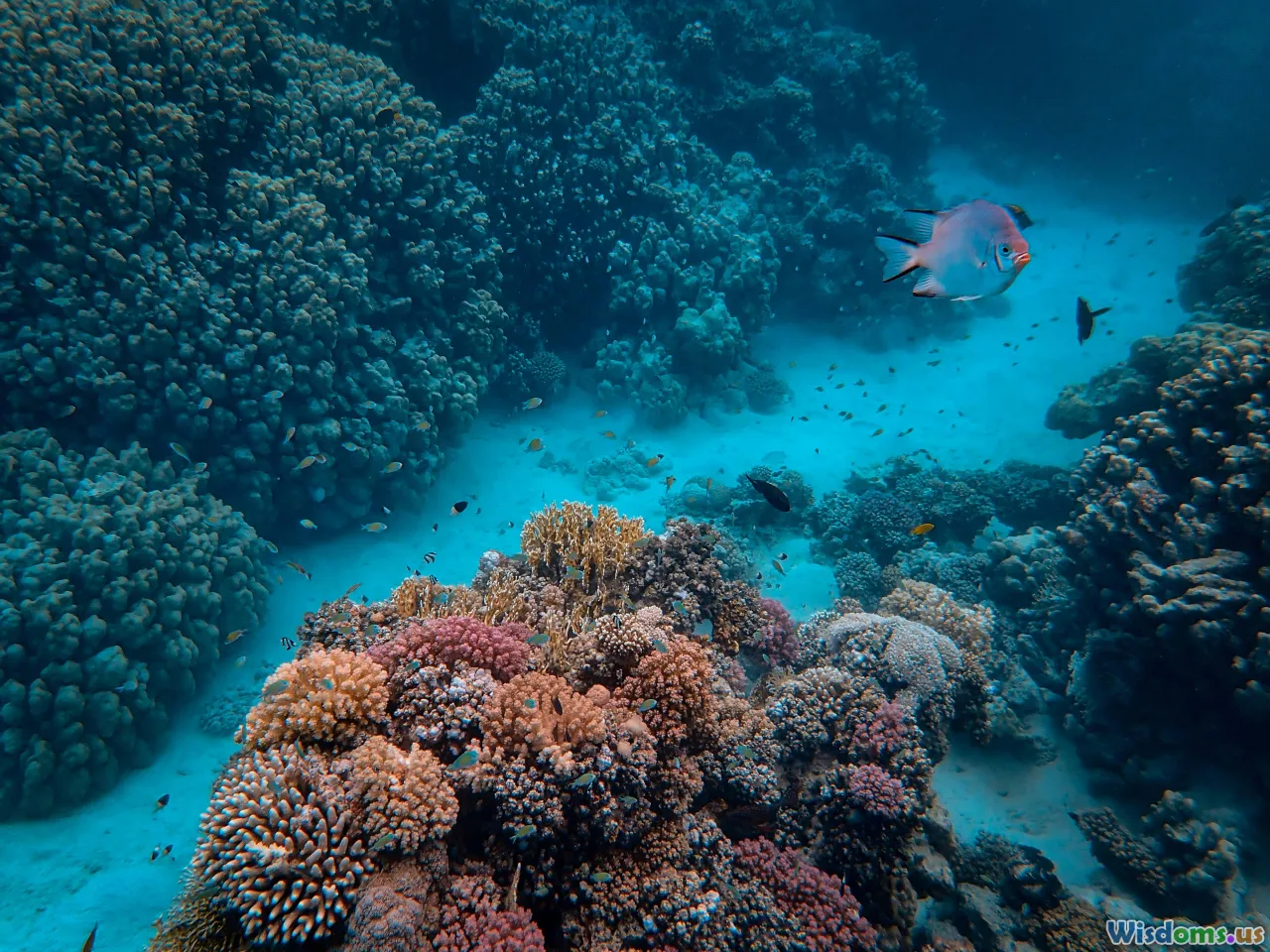
When the last Ice Age ended, Southeast Asia’s landscape changed dramatically. The Sunda Shelf—a vast landmass linking present-day Indonesia, Malaysia, and Borneo—was submerged by rising seas within a relatively short geological period. Recent sonar surveys and diver reports hint at possible man-made structures beneath the Java Sea, from perfectly straight walls stretching for hundreds of meters to large stone circles and paved platforms at depths not seen since the end of the Pleistocene (circa 10,000 BCE).
Oral traditions in Indonesia, such as the myth of Gunung Sundaland, evoke memories of “lands that vanished beneath waves.” Some scholars suggest these are collective recollections of mass migration, disaster, and the end of a coastal civilization whose cities were reclaimed by the sea within a few generations. A number of local myths echo uncanny details found in Atlantis tales: advanced knowledge, flourishing trade, and catastrophic flooding.
While direct evidence for Sundaic urbanization remains elusive, the convergence of myth, science, and trace underwater ruins continues to draw researchers and dreamers alike, fueling fresh searches for submerged prehistory and lending credence to age-old stories of lost worlds.
The Jomon: Ancient Mariners of Prehistoric Japan

Long before the first Egyptian pharaoh took his throne, Japan’s Jomon people thrived from roughly 14,000 to 300 BCE. What sets them apart isn’t just longevity, but the remarkable stability and artistry of their culture. The Jomon were some of the world’s first potters, crafting intricately patterned ware over 10,000 years ago—an achievement rivaling the earliest Near Eastern ceramics.
Recent analyses of Jomon settlements, often situated along what are now coastal areas, suggest that they were skilled fishermen and sea voyagers. Some built semi-permanent villages with sophisticated pit dwellings and elaborate shell middens—huge accumulations of seafood remains—and evidence of arboriculture and rudimentary agriculture.
Intriguingly, some Jomon coastal settlements now sit below present sea level, indicating sizable geological changes over millennia. The Jomon's ability to adapt to rising seas, their artful mastery of ceramics, and their mysterious patterns on pottery stoke fresh conjecture: was Atlantis, at heart, a memory of such adaptable maritime societies overwhelmed by nature's shifts?
Lost civilizations make more than gripping tales—they serve as reminders of the layered complexities of our species. As archaeologists unearth sites older than written history and local legends persist about peoples lost to time or tide, it becomes clear that Atlantis may be a symbol of real, yet vanished cultures. Their ruins, myths, and artifacts challenge our historical compass, urging us to look deeper and reimagine the capabilities of our distant ancestors. Should future generations one day rediscover our own lost cities, what tales might they tell? The secrets lie not only waiting to be revealed in the earth or the sea but in the stories we choose to remember—and those we've yet to uncover.
Rate the Post
User Reviews
Other posts in Ancient History
Popular Posts














